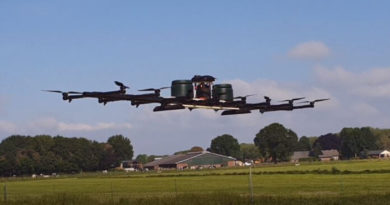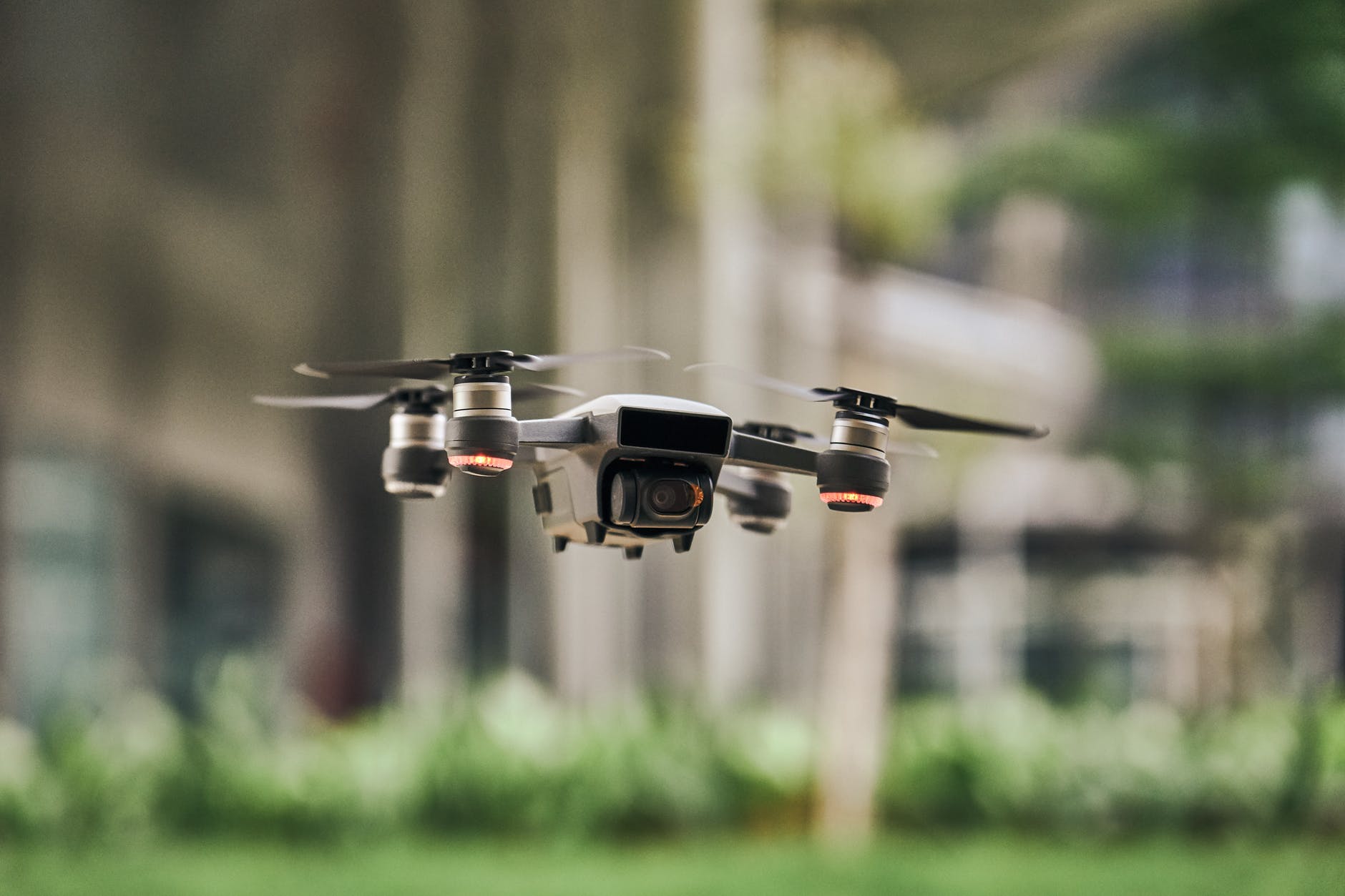How Drones Can Improve Warehouse Efficiency
Guest Post by Emily Folk
Drones aren’t the sole purview of hobbyists and photographers anymore. They’re quickly proving their worth in nearly every industry, from construction to agriculture and everything in between. In some settings, drones can even improve warehouse efficiency. How are drones changing the logistics industry and improving efficiency across the board?
Improved Inventory Management
Inventory management is one of the most time-consuming parts of running a warehouse. For the most part, it also requires the assistance of a human worker. Instead of relying on humans manually scanning each piece of inventory in the facility, drones are beginning to take over this tedious and repetitive job. Drones are capable of scanning barcodes or RFID tags up to 50 times faster than their human counterparts, increasing efficiency and reducing the need for manual scanning.
Filling the Turnover Gap
While drones are starting to make their presence known in warehouses around the world, picking and packing orders is still a very human-centric activity. This is problematic when some facilities are experiencing up to a 40% turnover rate. Drones might not be able to pick and pack orders — yet — but they can improve inventory management and help companies fill that turnover gap. They won’t replace the need for human workers anytime soon but they can make life easier and keep things running smoothly while supervisors deal with employee turnover.
Drone-Assisted Navigation
Picking items from existing inventory is one of the least efficient parts of the job, especially for new workers who might not know the layout of the facility. If you’ve got drones that are linked to the facility’s warehouse management software (WMS), they can take the guesswork out of picking by creating the best and most efficient path from where the employee is to where the item is located in the warehouse. In some situations, these drones could even act as guide-dogs, leading the worker directly to the item they’re looking for. For warehouses with digital inventories, having a
Ideally, you will want to design your warehouse so that items that are sold frequently are placed strategically so workers can access them quickly but this isn’t always possible. Drones, tied into a WMS, could eliminate the need to restructure these facilities by providing quick and efficient maps that workers can follow.
Lower Chances of Workplace Injury
While drones are still largely in development, they have the potential to reduce the chances of workplace injury in warehouses. Many of the tasks within the warehouse are repetitive, and many may require workers to lift heavy items. Both of these situations can cause different types of injuries. Using drones to automate some of the processes reduces the chance of injury among human employees.
Even in facilities that don’t have drones capable of automation can use these devices to keep track of the goings-on in the warehouse to improve employees safety. In this case, drones become the supervisor’s eyes in the sky, making it easier to keep track of everything within the facility when employees might not be in the supervisor’s line of sight.
Looking Toward the Future
Drones are quickly becoming an invaluable tool for nearly every industry. In warehouses, they’re starting to take over many of the repetitive tasks like inventory management more efficiently than human workers could manage. They won’t replace human employees, but it will enable these facilities to work more efficiently and will allow humans to move to more important tasks.
We’ll likely see more drones appearing in warehouses around the world in the coming years, as the technology continues to advance. In the meantime, these devices will continue to improve inventory management and efficiency wherever they are employed.
Bio:
Emily is a green tech writer who covers topics in renewable energy and sustainable design. You can read more of her work on her blog, Conservation Folks.



